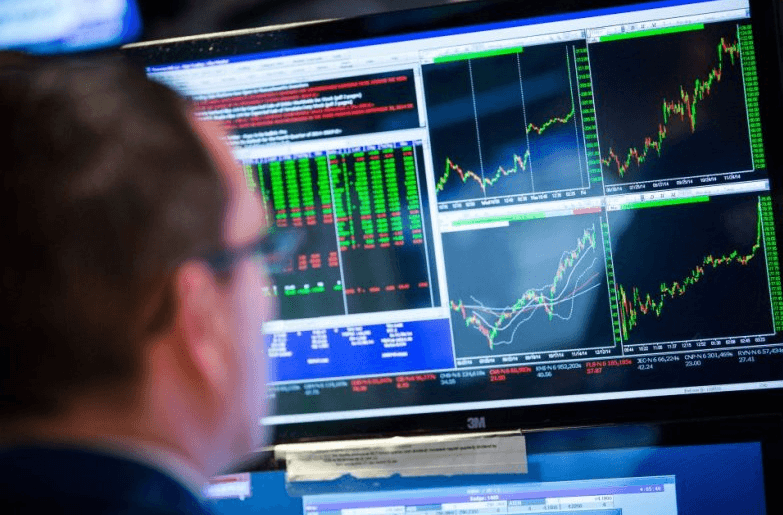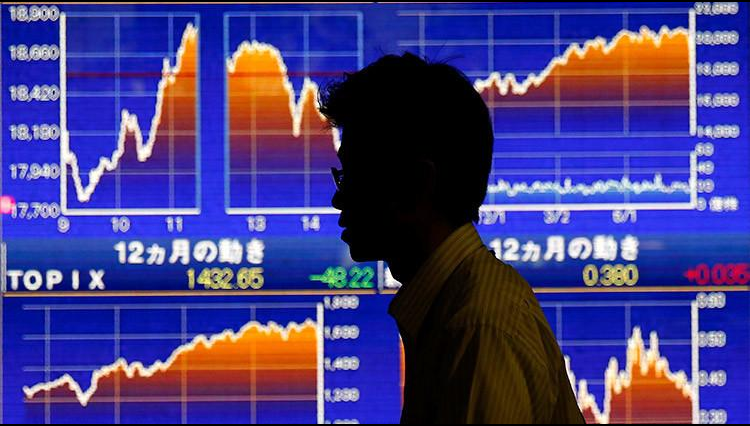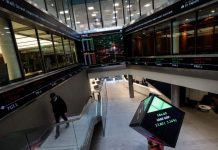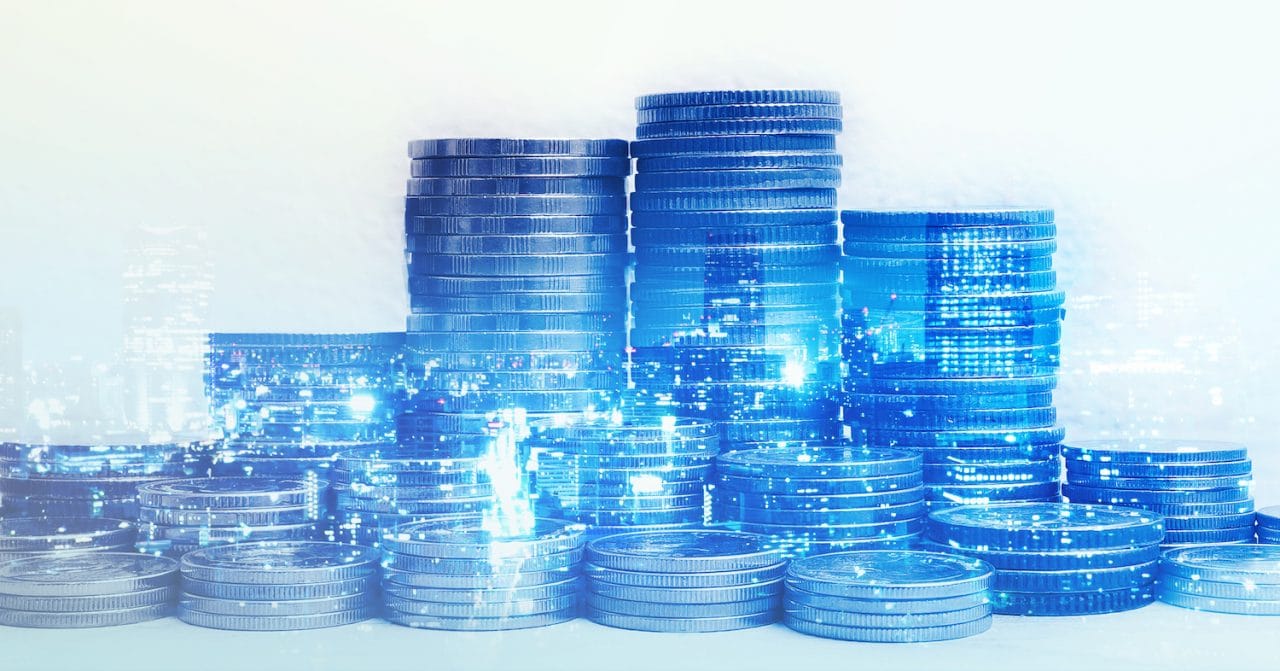
With the Chinese Black Monday are U.S. Equities — Is the Worst Over?
Wall Street contrarians have been calling for a market correction for months. U.S. equities have been on a tear over the last few years, ballooning almost 100% from January 2011 to July 2015. Fears and worries about an overrated and too-expensive market have caused some analysts to predict a bubble burst.
Well, it happened. But not how you would’ve expected it to. It started last Tuesday as the market was showing general depression. But then news came out of China that no one wanted to hear. It all started a couple weeks ago when the country devalued its currency. The Yuan has been growing in value for almost a decade, putting China as the world’s second largest economy. By cutting its value, China spread uncertainty across the globe.
Black Monday
That fear came back last week as China’s economic slowdown worsened, causing fears that its economic weakness could stall worldwide economic growth. ‘Sentiment is shifting in a very negative way and you really are seeing no place to hide today,’ said David Levy of Kenjol Capital Management to Sky News as the Dow Jones Industrial Average and the S&P 500 dropped 3% in one day. The S&P 500 alone is down more than 10% over the last five days. Some analysts dubbed Monday, August 24 as Black Monday, predicting the repercussions of China’s economic collapse would ruin U.S. equities.

Hopeful Tuesday?
There was some hope on Tuesday, though. As China’s central bank made a rash decision to cut interest rates, leading to a major intraday rally. It was the second interest rate cut in two months. Some stocks gained as much as 10% during the day. The rally wasn’t sustainable, though.
“Right now, it’s pretty meaningless,” said Xavier Smith, investment director at Centre Asset Management of the rate cut. “What we need to see to calm investors is positive economic data points out of China and only when we see that will the rallies be sustainable.” Despite the early excitement, the S&P and Dow were both down again at the end of the day, bringing a lot of previously high-flying stocks with them.
Why? Because we’ve already seen that China can change drastically overnight, so why should investors trust that the worst is over? There’s only so much U.S. investors can do about overseas volatility. If something erupts overnight, who knows which direction the market will go?
Good news Wednesday
We’re only five minutes into Wednesday’s trading at the time of this writing and the S&P and Dow are already up almost 3%. So what’s the news this time? You guessed it; it has something to do with China. After Wednesday’s trading close in China, the People’s Bank of China announced it would bolster the country’s financial system with a $21.8 billion stimulus plan. With the PBOC having done its job, it’s now up to other central banks to determine if there’s anything they can do to keep further selloffs from happening.
Is the worst over? As much as an interest rate cut and stimulus plan help the situation, the China situation is only one example of the broader issue at hand. The global economy is on a precarious perch. And while the United States has made some serious strides since the financial crisis of 2008, the very nature of the intertwined global economy proves that the risks of external factors are sometimes bigger than internal systemic factors. While stocks are up again the start the day on Wednesday, who knows what will happen Thursday? At any rate, investors can take advantage of the short-term gains, but should be wary about going all in.
Tradersdna is a leading digital and social media platform for traders and investors. Tradersdna offers premiere resources for trading and investing education, digital resources for personal finance, market analysis and free trading guides. More about TradersDNA Features: What Does It Take to Become an Aggressive Trader? | Everything You Need to Know About White Label Trading Software | Advantages of Automated Forex Trading




































